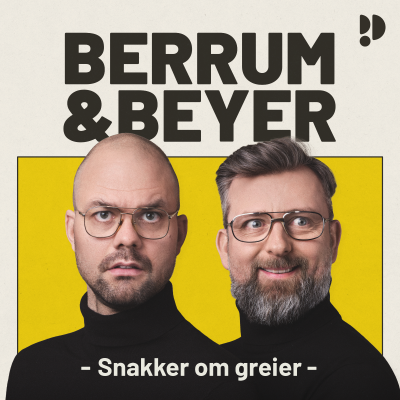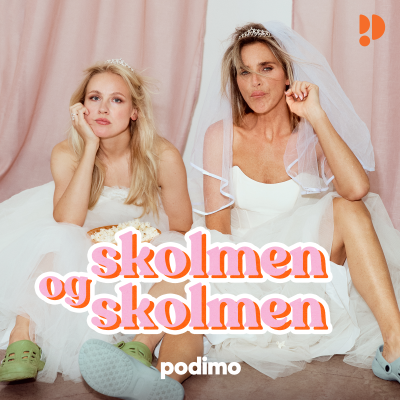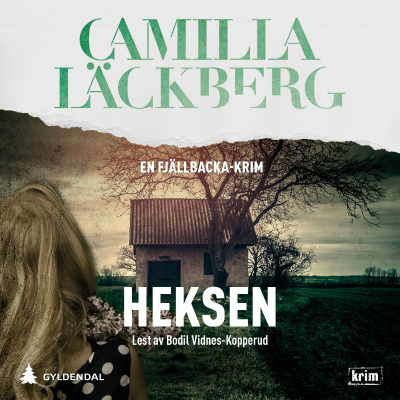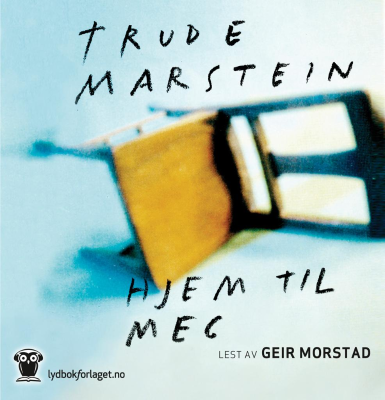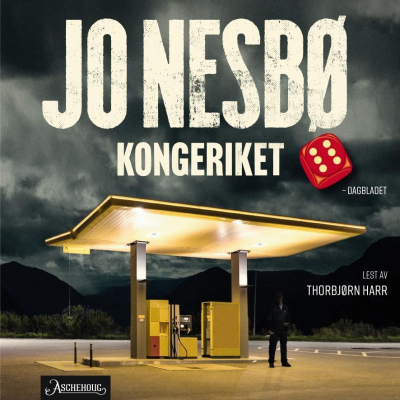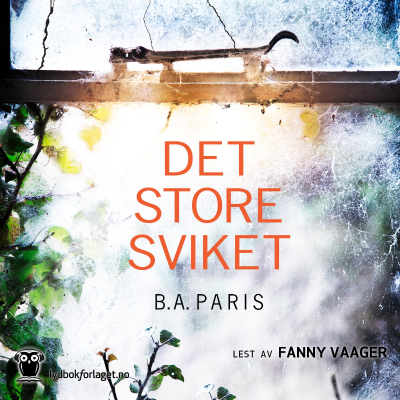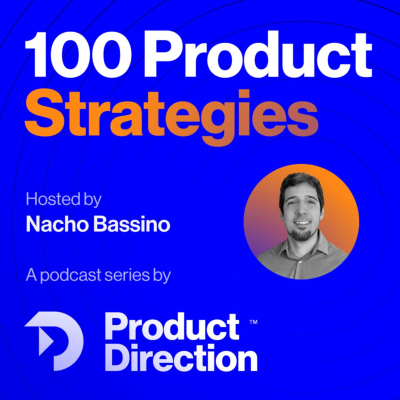
Lytt til 100 Product Strategies
Podkast av Nacho Bassino
100 Product Strategies features conversations with product leaders sharing their real-life experiences creating and executing product strategy. The host Nacho Bassino digs for practices and examples in very different company sizes, company cultures, regulation challenges, structure challenges, monetization challenges, and more diverse contexts. By understanding how others solved a challenge, hearing details about how they faced a difficult situation, we will gain tools that -with the proper adaptations- we would be able to apply in our daily work.
Prøv gratis i 7 dager
99,00 kr / Måned etter prøveperioden.Avslutt når som helst.
Alle episoder
49 EpisoderAs companies grow and expand their services, they need to localize their product. In some industries, where each region has very different needs and regulations, there is high interaction between the need for a global strategy, and the needs of each region to succeed. Jesus Cagide, Product Leader at Intuit and ex-Paypal helps us explore how this can be handled in companies and industries where the local need has a critical role. We talked about: * The role of fintech and money in people’s life. * What are highly localized products? The difference between the global mission and the needs of each region to achieve the product mission. * The 3 attributes you need to consider in a geographical basis: bargain power of customers, tech access and channels, and regulations. * How understanding opportunities at a local level affects the global strategy. * Besides your global strategy, you need to understand your strategic intent in each geography (and how to evaluate it based on the local diagnosis). * The importance of considering each geography the existing set of tools and to clearly communicate your value proposition according to each market. * Making market assessments per country: the lifecycle of the product, competitive intensity, and reach or size. How the lifecycle of your product actually varies by country. * Assessing your strengths in the country, from your brand power to your core capabilities. * How Paypal manages top-down vs bottom-up initiative proposal and assessment. * How adding services at a global level requires an impact analysis in a multi-year horizon (versus local initiatives related to the adoption of existing services in the portfolio). * The complexity of the product structure when combining global and local roles. * Jesus's last advice about strategy: “don’t bite more than you can chew”. How much time this global strategy exercise takes. * Recommended book: Rise of the robots [https://amzn.to/3raLb0P]. Among many other things! You can connect with Jesus on Linkedin [https://www.linkedin.com/in/jesuscagide/] or follow him on twitter [https://twitter.com/JesusCagide]. Remember that you can find more info and material on 100productstrategies.com [https://100productstrategies.com/]. If you are eager to know more about product strategy, check out Product Direction: How to build successful products at scale with Strategy, Roadmaps, and OKRs [https://amzn.to/36tw1wk] You can also contact or follow your host, Nacho bassino, at nachobassino.com [https://nachobassino.com/] (training, coaching, and more)
Your product vision is a position you aspire to have in the future: be the best solution for a problem a set of customers care about. That should drive your strategy. And I had the fortune of discussing positioning in detail with April, the biggest guru. We started in a very controversial way: you should not base your strategy on your positioning! Wait, what? * Positioning is an exercise to formulate how your current product is the best for a specific customer need. * Strategy is not about your current product! It is about the value you want to create in the future. Confusing those can get you in trouble. But there is a catch. Product Strategy is about “how you will achieve your Product Vision.” However, if your vision potentially goes 3, 5, or 10 years into the future, your 6, 12, 18 months strategy is getting you closer to smaller milestones that still need to be differentiated and sellable! These milestones have a “positioning thesis,” and your strategy needs to build a product that can deliver on the promise you aim to make. Resources * AprilDunford.com [https://www.aprildunford.com/] * April’s newsletter and podcast [https://aprildunford.substack.com/] * Obviously Awesome book [https://amzn.to/44TKM5O] * Sales Pitch book [https://www.amazon.com/Sales-Pitch-Craft-Story-Stand/dp/1999023021/]
Strategy and its role in connecting vision to execution is one of those n-dimensional problems that is hard to think about, let alone describe in a chart. Fortunately, Martin Eriksson, the author of the decision stack, did just that. In his work, he describes a mental framework for navigating this challenging space and how you can think about connecting the decisions and artifacts of your vision, strategy, objectives, and opportunities. In this episode, we navigated the hard questions about this mental model: common pitfalls, what to do as a PM if you don’t have a Vision or Strategy, what is the right level of strategy definition to enable empowered teams, and much more! Find the Decision stack at: https://www.thedecisionstack.com/
Alignment is one of the hardest challenges of strategy. Conflictive goals, every department fighting for their priority, opposed world views and interpretations of how the future will unfold… Luckily, Bruce McCarthy is an expert on the topic, and in this episode, he shares many tactics and tips on how to surface these conversations, use the right artifacts, and create alignment. Resources * New Book: Aligned [https://www.productculture.org/aligned-book-club] * ProductCulture.org [https://www.productculture.org/] * Follow Bruce on Linkedin [https://www.linkedin.com/in/brucemccarthy/] / X [https://twitter.com/d8a_driven]
We all know Strategy is complex, cumbersome, and foggy. We strive to navigate and make strategic decisions in this environment, which usually leads to opinionated battles and stakeholder misalignment since we can all interpret the signals in different ways. Remarkably, Dan Olsen, my guest in this episode, created simple tools and one-pagers that help you crystalize your thinking, find the opportunities that can truly make a difference, and have more meaningful conversations with stakeholders. I’m amazed by how Dan brought complex situations down to their essence and explained how framing and structuring them can truly make these daunting challenges approachable and almost easy to resolve. Important note: In a few moments, Dan shared a screen, so if you can watch while you listen, it could be helpful to get a visual reference (but it is not required to understand the concepts discussed). You can find Dan at dan-olsen.com [https://dan-olsen.com/]
Prøv gratis i 7 dager
99,00 kr / Måned etter prøveperioden.Avslutt når som helst.
Eksklusive podkaster
Uten reklame
Gratis podkaster
Lydbøker
20 timer i måneden





